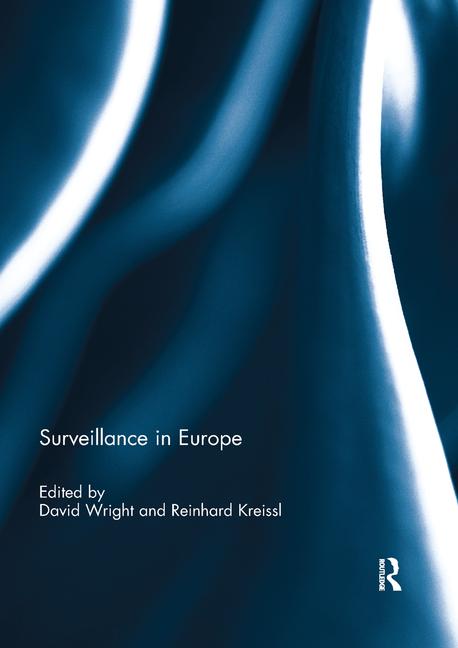This past January was extremely cold and snowy in my home town of Chicago, making even simple outdoor tasks difficult and actually dangerous, with wind chills below -15 deg. The Engebretson “Bunker in Bucktown” suffers from a fundamental design flaw: whoever rehabbed our house in the 1990s installed the HVAC ductwork in the ceiling of the first floor; the forced air heat pumps away, and it’s 80 degrees on the ceiling and 50 degrees on the floor.
While I can handle the cold pretty well, my wife is not comfortable with a cold house and because she works from her home office, climate issues are very important to her. When we moved into the house we installed a gas fireplace/stove in the living room, and we have used it extensively during our numerous polar vortex attacks this past winter.
Perhaps it has been used too much. On one particularly cold morning, I flipped the switch to turn on the fireplace and it did not start. While some people might call a service technician, in my case, my “I’ll take anything apart and try to fix it” attributes kicked in.
After determining that the switch only closes a circuit, and that the fireplace is in no way connected to AC power, a simple paper clip provided the closure needed to turn on the warmth.
Later I replaced the defective switch and now I have my alternate heat pump rocking when needed.
Feeling frisky after fixing the fireplace, I opened the box for a Vivotek 8336W camera that had been sent to me for review. What makes this camera exciting are four features: it’s a megapixel camera, it’s Wi-Fi, and it’s less than $300 when purchased from equipment distributors. The other exciting feature of the 8336W is that it is an outdoor camera.
Well, with the temperature registering -11 degrees, I decided to see just how “outdoorsy” this camera would work on a Chicago winter day.
I programmed the camera using a laptop. The Vivotek 8336W has a simple method of accessing the programming. When in the default settings the camera’s Wi-Fi functions as an access point, so the laptop can quickly connect to the camera without using a cable. While sitting in front of the now functional fireplace, I set the camera’s programming to work on my network.
After checking for network connectivity, I was ready to take the camera outdoors; but with blistering cold winds, I did not want to stay outside for long. I certainly wasn’t going to be drilling any holes in my brick walls to hang the camera.
So here is the temporary “MacGyvered” mounting solution:
Once back inside, it was quickly apparent that the 8336W camera is a winner for outdoor IP CCTV installations. The megapixel image is very high quality, the reliability is very good, and the camera has dual video streams. I set one stream to provide full-blown megapixel images, while the second stream has been contoured (frame rate and resolution) to function with the Vivotek viewing app on my Android phone.
For recording, the camera is being monitored by Securvizion, which provides full-time and motion clip recording along with live video if desired.
I would also note that the IR night lighting on this camera is very impressive. When dark, the IR fully lights up my backyard, easily providing 30 feet of nighttime viewing and recording.
When planning to install the 8336W, Vivotek recommends a minimum of -70dBm of Wi-Fi power to the camera location. This can be checked quickly using a smartphone and any number of free Wi-Fi testing apps. Just hold your phone up where you want to put the camera, and check the signal strength from the client’s Wi-Fi access point.
After extensive testing, I believe that the Vivotek 8336W can open vast new opportunities for security dealers. The only cabling needed is an AC power outlet, and the low cost makes this camera very affordable for dealers to install for their clients.
This camera is available from distributors, and you can visit Vivotek.com for more information.
Author’s note: Special thanks go to Randa Ismail of Vivotek for her assistance with the initial programming of the camera.
Dave Publishes New IP Camera Book
Dave Engebretson’s new book, The EZ Guide to Installation and Programming of IP Cameras with Smart Phone Access, is a 50-page manual that describes how to install and program wired, AC/Ethernet, and Wi-Fi IP cameras for residential and small commercial applications. He has distilled 14 years of connecting IP cameras to local networks and the Internet into this straightforward publication. The book has many detailed illustrations and readers can go step-by-step through the process of installing wired or wireless IP cameras. It also provides links for the firewall information for virtually every ISP adapter in use in the United States and Canada, including Verizon, AT&T, Comcast, Time Warner, etc.
This manual is available at ADI, part #3X-IPHOW2MAN, and the cost is $49.99.
Visit the Slayton Solutions Ltd. YouTube channel here or just search YouTube to see Dave demonstrate some several security and IP connectivity devices.
David Engebretson is the president of Slayton Solutions Ltd., Chicago, providing online and instructor-led training on fiber optics and networking electronic security systems. His latest book, Technician’s Guide to Physical Security Networking: Enterprise Solutions is a fully illustrated manual describing high-end IP physical security applications. Visit www.slaytonsolutionsltd.com for ordering information.










